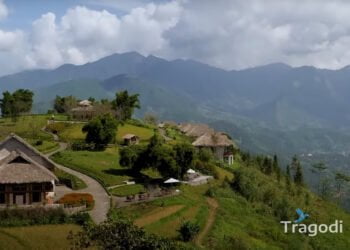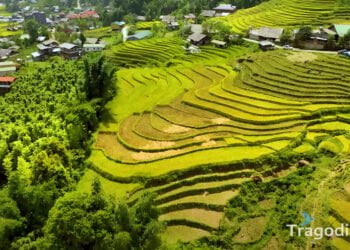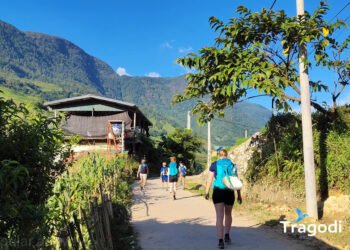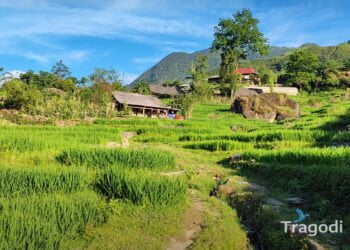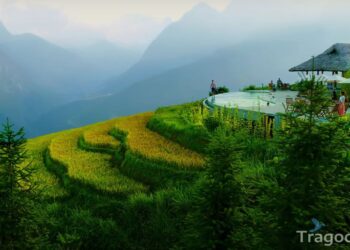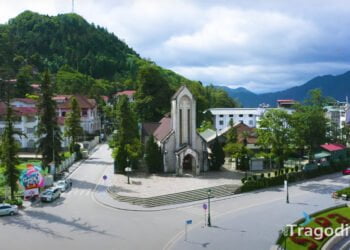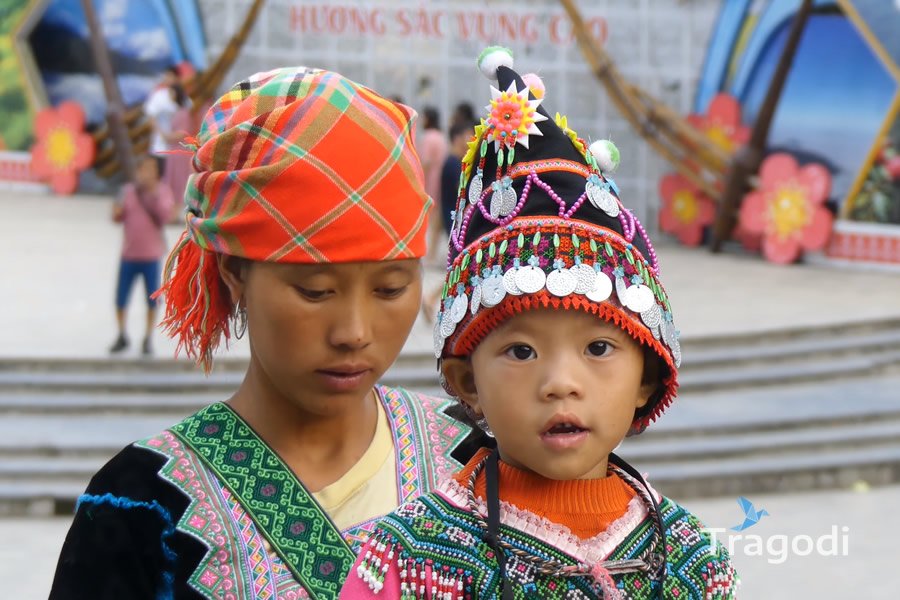
People of Sapa
Sapa is home to many ethnic minorities, including H’mong, Dao, Tay, Giay, Nung, Muong, Thai, Hoa, and Xa Pho. Each ethnic group has its own characteristics in terms of costumes, customs, beliefs, and languages. H’mong and Dao are the two majority ethnic groups in Sapa, with many famous villages such as Cat Cat, Ta Van, Ta Phin, Lao Chai… Tourists can interact and experience the life of the local people, enjoy the special dishes, participate in traditional festivals, and buy unique handicrafts.
History of Sapa
Sapa has a long history of formation and development. According to documents, Sapa was once the home of the Black H’mong people about 300 years ago. In 1901, Sapa was discovered by the French and named after a nearby market. In 1903, the French built a military camp in Sapa and turned it into an ideal resort for Europeans. Later, Sapa became one of the prominent tourist centers of Indochina. During the resistance war against France and the US, Sapa suffered many damages due to war. After 1975, Sapa was rebuilt and strongly developed in tourism.
Culture of Sapa
Sapa has a diverse and rich culture, reflecting the intersection and blend of many ethnic minorities. Sapa has many historical monuments, cultural relics, and famous landscapes, such as the stone church, Muong Hoa mine, Muong Hoa valley, Ham Rong mountain, Fansipan mountain… Sapa also has many unique festivals, such as the Gau Tao festival of the H’mong people, the Jumping Tet of the Dao people, the Mid-Autumn Festival of the Chinese people… Sapa is also a place to preserve and promote many traditional arts, such as embroidery, dyeing, wood carving, wine making, playing the khen…
Sapa is an attractive destination with many unique features about people, history, and culture. Coming to Sapa, tourists will have unforgettable experiences and learn more about the diversity and richness of Vietnamese culture.

